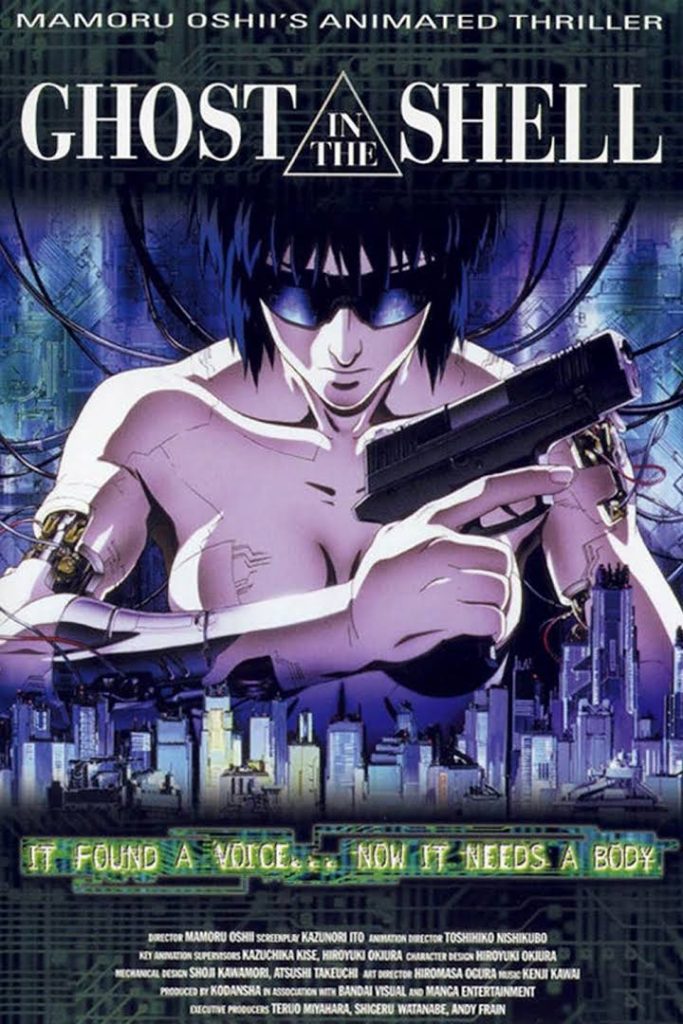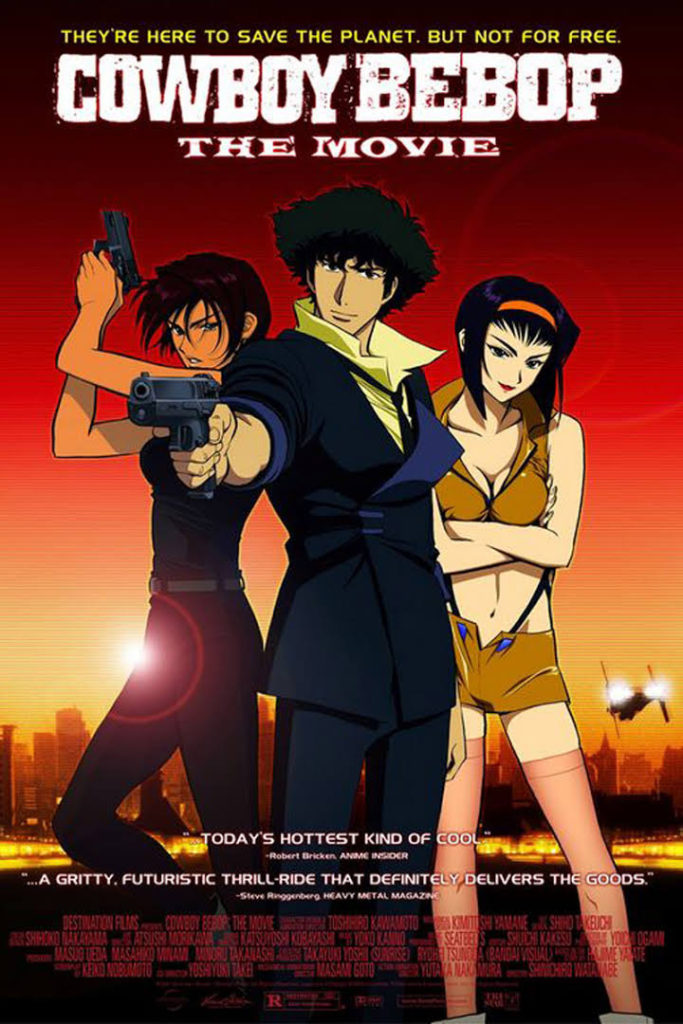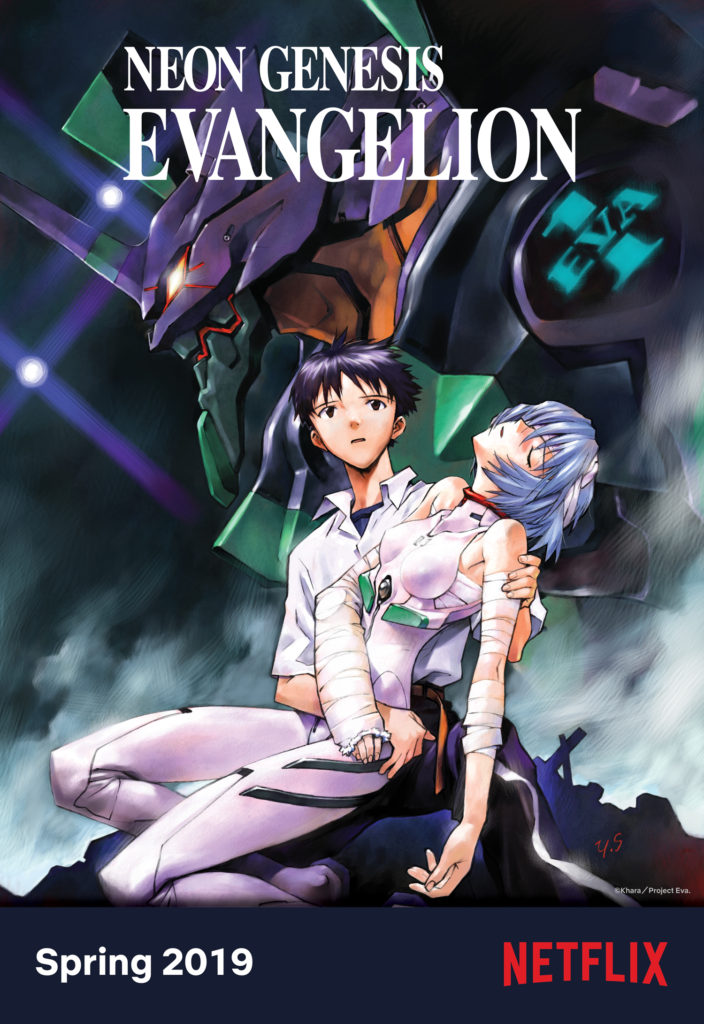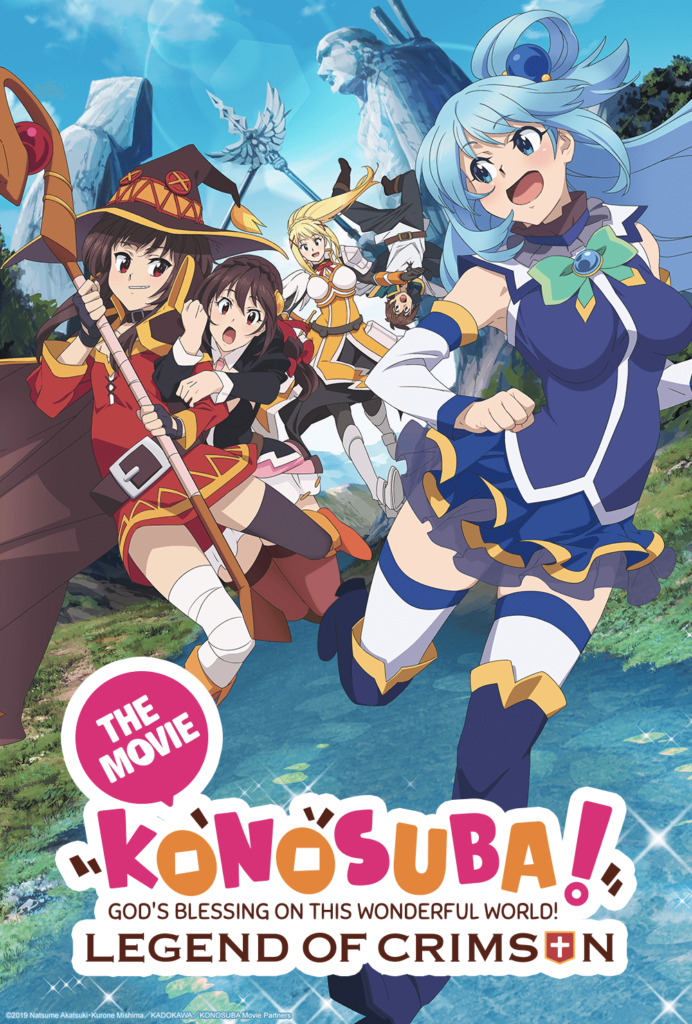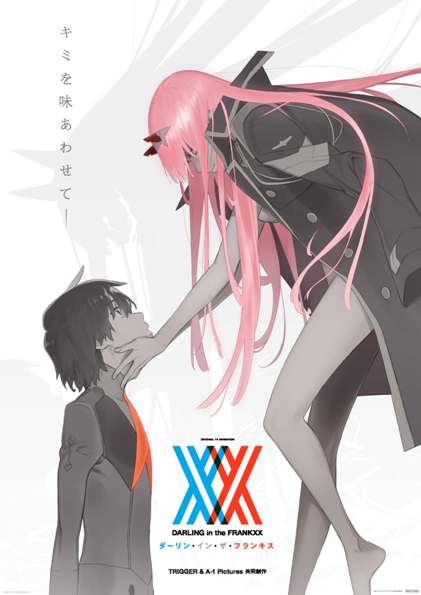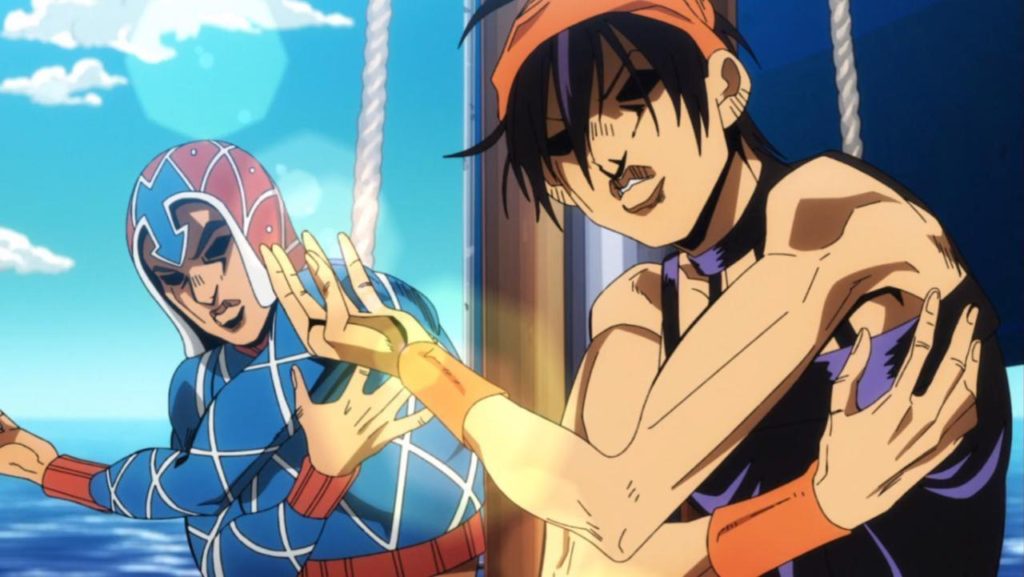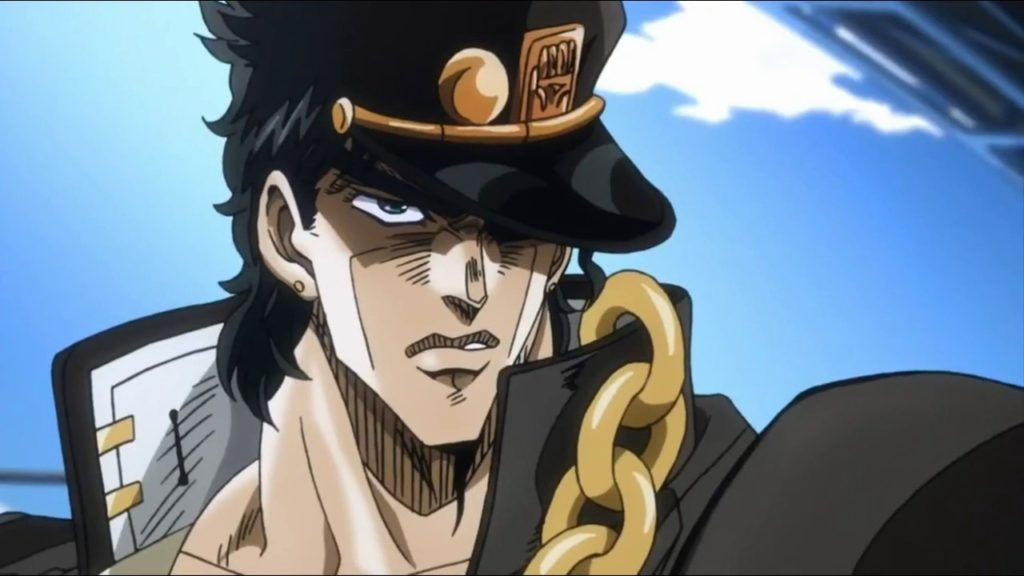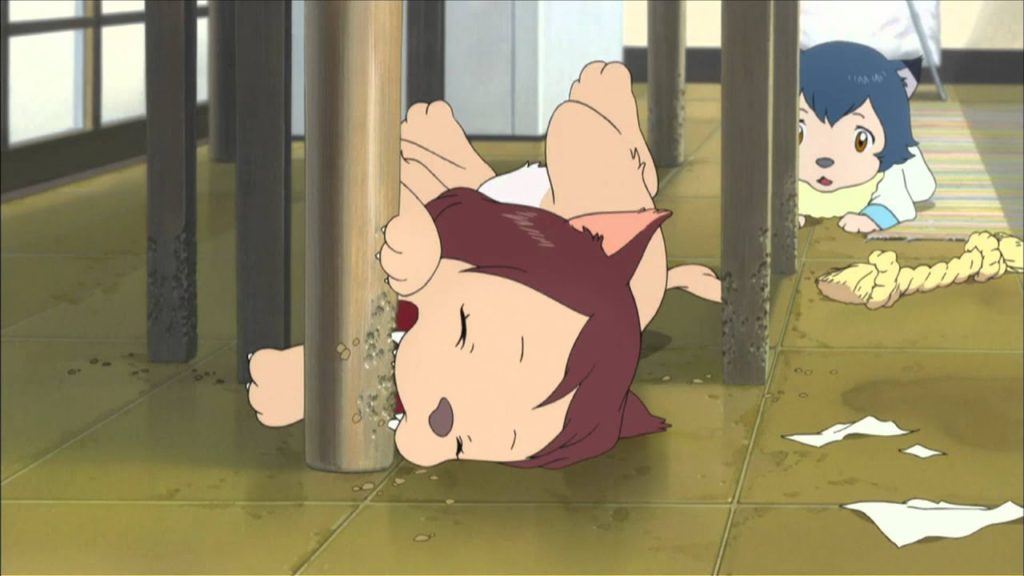EXAMPLES OF THE MALE GAZE IN ANIMATION:
KAKEGURI
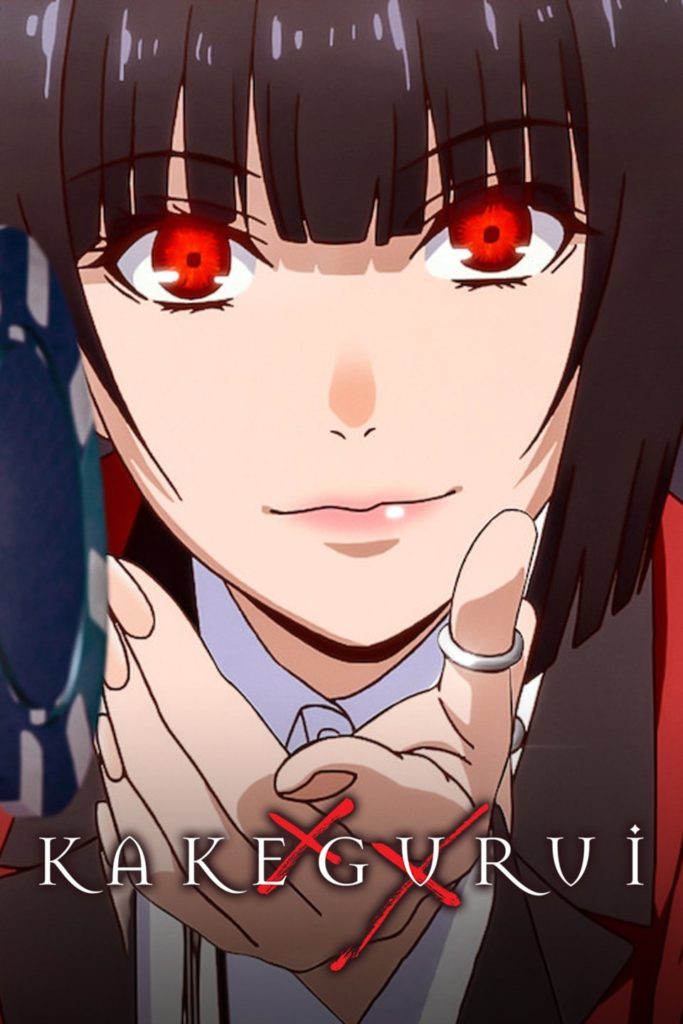
Kakegurui is set in a high-class elite school housing the children of Japan’s most wealthy and influential people and with many future leaders and professionals among the student body. However, the student hierarchy in this school is not determined by academic performance or athletic ability, but rather by gambling. The Male Gaze is employed in this anime by the story writers making the female protagonist and other female characters “get off” on the thrill of gambling and the animators giving the characters a very revealing design (short skirts, large chests).
JOJO’S BIZARRE ADVENTURE
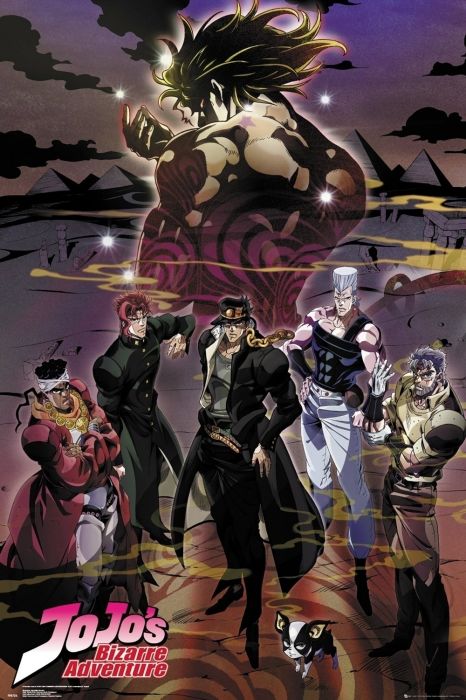
A good example of the Female Gaze in animation is Jojo’s Bizarre Adventure. Each of the eight protagonists is a member of the Joestar family, who each possess a star-shaped birthmark above their left shoulder blade. The plot of each part generally consists of JoJo gathering a group of allies, mastering their supernatural ability, battling various enemies and villains. Straight off the bat, the animation team made all characters overly muscly due to that style being popular in the 80’s and 90’s, when Jojo’s Bizarre Adventure was first being published. Author Hirohiko Araki states in several interviews that many character designs were based off of popular movie stars, who were all super ripped at the time. However, they slowly lose muscle mass over time, most notable in part 5. This was part shift towards realism and part shift to a more effeminate, 2000’s style.
WOLF CHILDREN
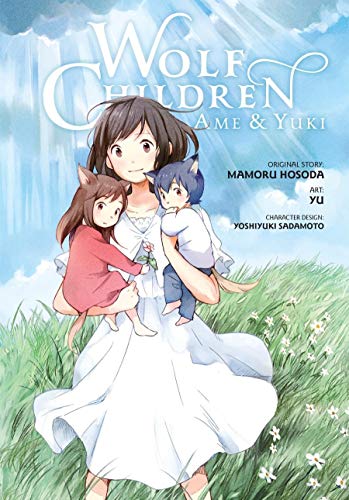
Within the anime sector of film, I feel that Wolf Children is best fit with the authors argument because it is about a single mother’s life with her struggle of grief, depression and dealing with her children who are also part wolf. Yuki and Ame (the children) constantly switch between their human and wolf forms, and Hana has to hide them from the world. After she receives noise complaints and a visit from social workers concerned that the children have not had vaccinations, Hana (the mother) moves the family to the countryside away from prying neighbors. She works hard to repair a dilapidated house, but struggles to sustain the family on their own crops. With help from a strict old man named Nirasaki, she learns to farm sufficiently and becomes friends with some of the locals. At the end of the film, Ame goes on to live as a human and goes to attend a boarding school and Yuki decides to live as a wolf in the forest, Hana, living alone now, reflects that raising her wolf children was like a fairy tale, and feels proud to have raised them well. Although the film has elements of fantasy, other single mothers can be able to relate to this film and be empowered by this film knowing that they’re not by themselves and alone but instead part of a community of other single mothers and should embrace it.

